Disasters, pandemic illnesses, and other major issues can majorly disrupt society and community resources at any time.
It may seem like civilization in the 21st century is far removed from historic disasters, but that simply isn’t the case.
Natural disasters such as hurricanes, contagious diseases, nuclear disasters, or even everyday power outages are realistic threats, so it’s important that you prepare and stockpile supplies in case of an emergency. So, it’s critical that you design an emergency plan and gather the necessary supplies to prepare you for any disaster.
What Type of Emergency Kit Should I Prepare?
The American Red Cross recommends that you create two different kits. One kit should be for home-use, and the other should be a mobile kit that you can carry on-the-go.
For the home kit, you can use a large Rubbermaid plastic tote and fill it with the basic supplies and the critical survival gear your family needs to survive. You can also create more than one home kit, depending on the space you have at home. Your Go Bag or Bug Out Bag should be in a duffle bag or tactical backpack.
There are some must-have items that should go in both kits. Here’s a list of necessary supplies for your survival kits.
Non-Perishable Food
Your emergency kit should include enough non-perishable food for at least three days. Non-perishable items include canned and freeze-dried food as well as snacks like nuts, jerky, or protein bars. Your kit should include foods that you don’t need to cook.
MREs (Meals Ready to Eat) are good, shelf-stable food items to keep on hand. It’s the same food that the military gives soldiers during field exercises. You just add water to the MREs before you eat them. There are also high-quality emergency freeze-dried meals that are like the regular foods you eat at home, such as chicken and noodles, lasagna, beef stew, scrambled eggs and bacon, and more.
There are plenty of non-perishable food options available today. Make sure you bring a can opener as well. It would be horrible to realize that you have no way to get into the food you stockpiled.
Water
Water is one of the most important things on your list since you can’t survive much longer than a few days without it. Your kits need enough water for each family member every day. Generally, that’s one gallon of water per person. If you’re on-the-go, it’s difficult to carry that much water, so you should also carry a way to purify and filter water. Water filters or purification methods allow you to drink the water you find in streams or rivers along the way.
Flashlight
A flashlight is critical for most disasters, including power outages. It’s a good idea to pack more than one. At least one of those flashlights should be one that doesn’t need batteries. You can purchase a solar-powered, hand-crank flashlight for a reasonable price without relying on battery or electrical power.
There are many great tactical flashlights that are durable and can take a beating. You can also pack other types of lights such as headlamps and wrist lamps as well as lanterns.
Batteries
Add batteries to your stockpile to run important electronics. Many batteries have a shelf-life of up to 10 years with no leaking or corrosion. Make sure you have the right sizes for all the devices you want to power.
Hand-Cranked or Battery-Operated Radio
In a disaster situation, you need to have access to emergency broadcasts, and the easiest way to do that is an emergency radio. Some efficient radios can be charged multiple ways, such as a power bank, batteries, solar, or hand-crank, to make sure it always works. Some even have USB ports for charging smartphones and other electronics.
First Aid Kit
Another critical item to include in your survival kit is a basic first aid kit. You can buy a pre-made kit or build your own. Whichever choice you make, your kit should include certain first aid necessities as well as the items unique to your family, such as prescription medications.
Here are some important additional supplies to include as needed in your survival kit:
- A whistle or flares to signal for help
- Tools like pliers, screwdrivers, wrenches, or multi-tools
- Dust masks in case of contaminated air
- Duct tape and plastic sheeting to shelter in place wherever you are
- Local maps and a compass
- Plastic ties, garbage bags, moist towelettes, and feminine supplies for sanitation
- Cellphone with a solar or battery-powered charger
- Cash
- Emergency and family contacts
- Critical personal papers such as passports, insurance policies, medication list, proof of address, and more
- Contacts, contact supplies, and eyeglasses
- Non-prescription medication such as antacids, laxatives, pain relievers, etc.
- Prescription medicines
- Pet supplies and water
- Supplies for infants like wipes and diapers
- Sleeping bags and/or emergency blankets plus extra blankets and hand and footwarmers for cold weather conditions
- Tent
- Medicine dropper and unscented bleach to treat water
- A change of clothes for each person in your family
- Matches stored in a waterproof container
- Life raft for areas that flood
- Fire extinguisher
Emergency brochures and lists from ready.gov can also help you prepare for emergencies and stockpile the right supplies. Ready.gov has brochures for the following:
- Family Emergency Plan
- Pet Owners
- Emergency Supply List
- Seniors
- General Brochure
- People with Disabilities
- Insurance Discussion Coverage Form
- Emergency Response Plan and Resources
- Commuter Emergency Plan
- Risk Assessment Table
- Ready Business Mentoring Guide
- Program Coordinator Committee Worksheet
You can also buy premade emergency kits that come with almost anything you need, and then you can personalize them by adding the things your family needs. It’s usually better and more cost-effective because you can add items over time. Pre-made kits can be expensive, and then you must spend more money to make sure they have everything your family needs.
Obviously, if you’re packing a Go Bag, you are limited to the number of supplies you can take with you. You’ll have to narrow it down to the bare necessities. This list will help you gather and stockpile the items you need so you can help your family survive during a disaster or crisis.


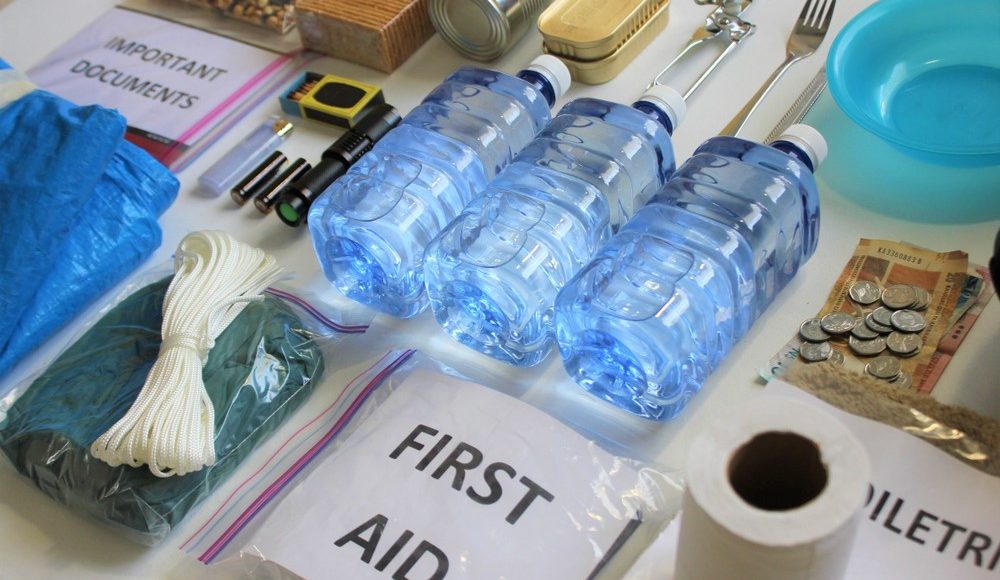


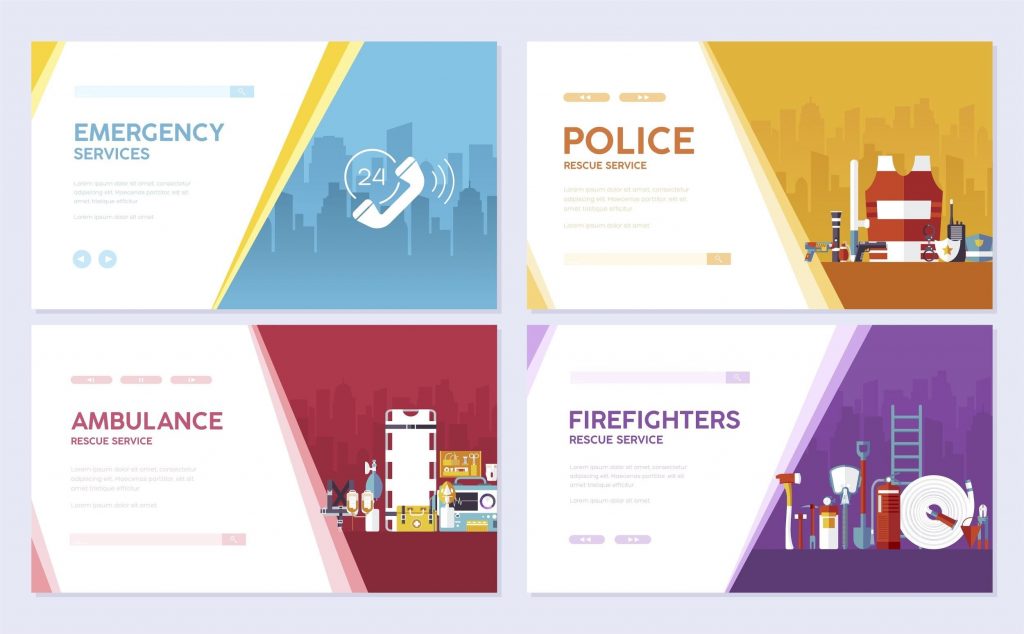
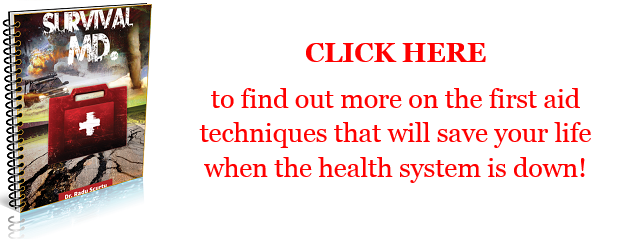

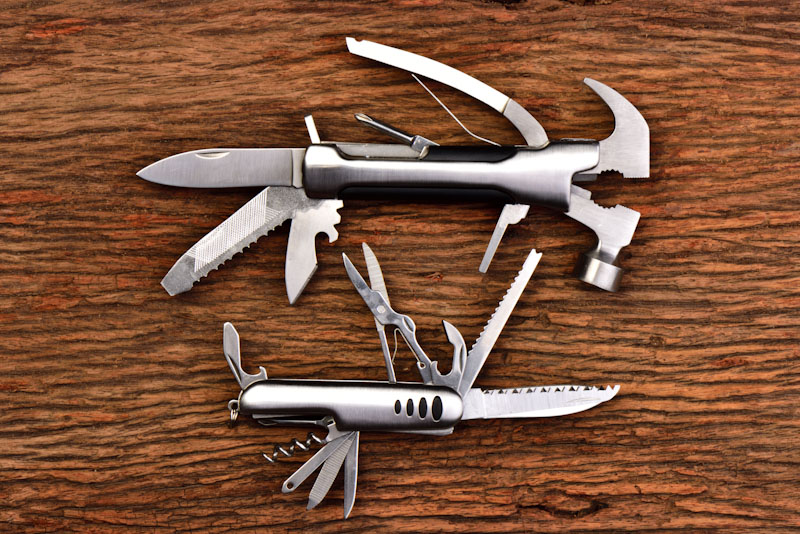
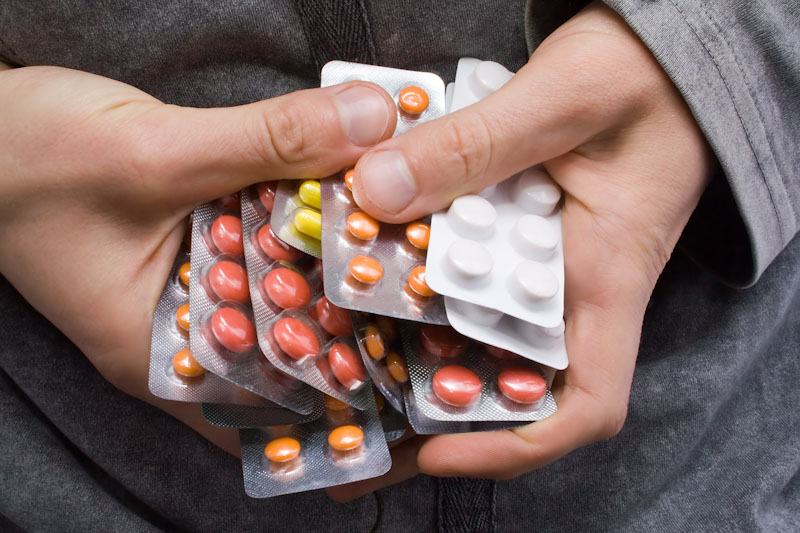
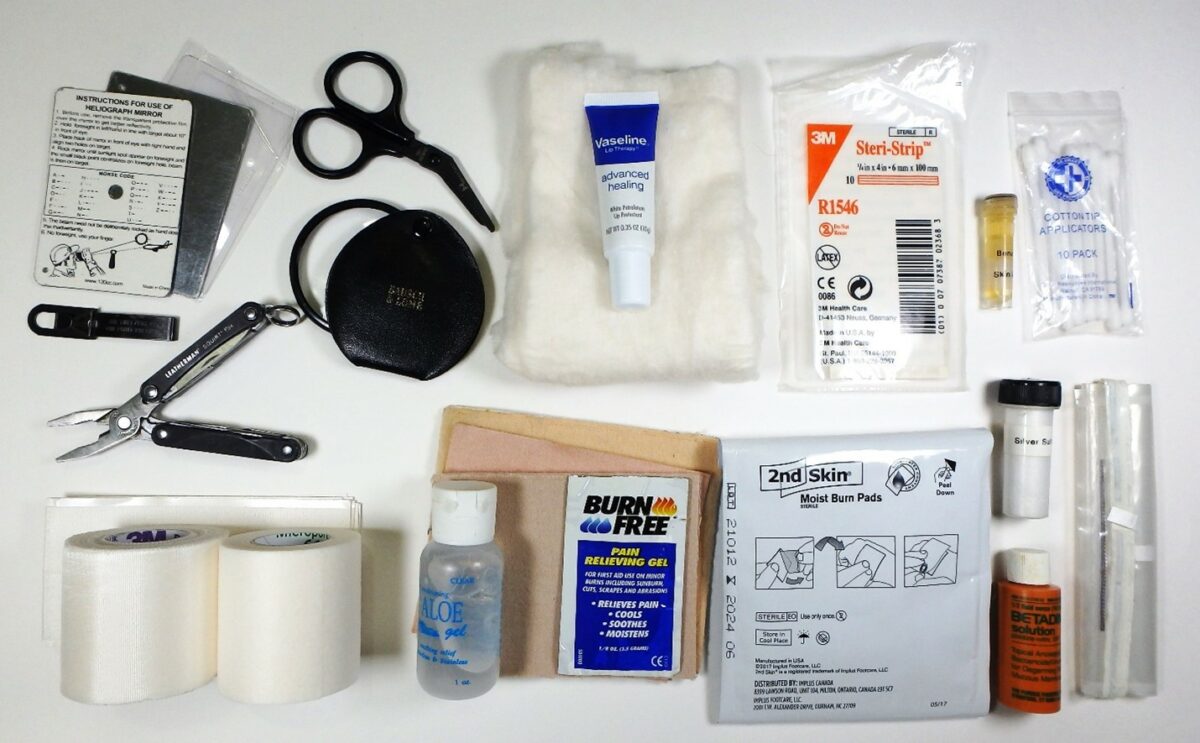

TruthB Told | June 8, 2020
|
1. Beer ( enough to last : bottles )
2. Chips
3. Salsa ( Hot )
4. Ice Bucket ( see 1.)
5. Paper plates & bowls ( see 2. & 3. )
6. Solar powered ice maker and water purification unit ( see 4. )
7. Church Key ( see 1. )
Scott D Mattson | June 9, 2020
|
As a retired military member, it has been my understanding that MRE’s shouldn’t be used unless you’re going to be really physically active during the time you’ll be eating them, just like soldiers during combat training or actual combat. Otherwise they’re too carbohydrate-heavy to be healthy for an average citizen. What is your experience?
Andrew Peters | June 28, 2020
|
Nobody can deny that our grandparents were A LOT more self-sufficient than we are.
Today, millions of Americans are living on food stamps and Uncle Sam’s charity.
At the same time the skills that made our forefathers self-reliant are about to be irreversibly lost to history.
Without them, this country will continue to turn more socialist with each passing year… No matter who is running the White House.
Dana Anderson | July 1, 2020
|
Mre’s can be eaten without water added, excluding the drink which is cool aid or coffee and the heater which heats up with a chemical reaction to warm the meal.
They are high on calories but if your moving or exercising you’ll be fine as these are for short term. The big benefits are long storage life if kept cool. They are much better tasting than your fathers c rats back in the day.